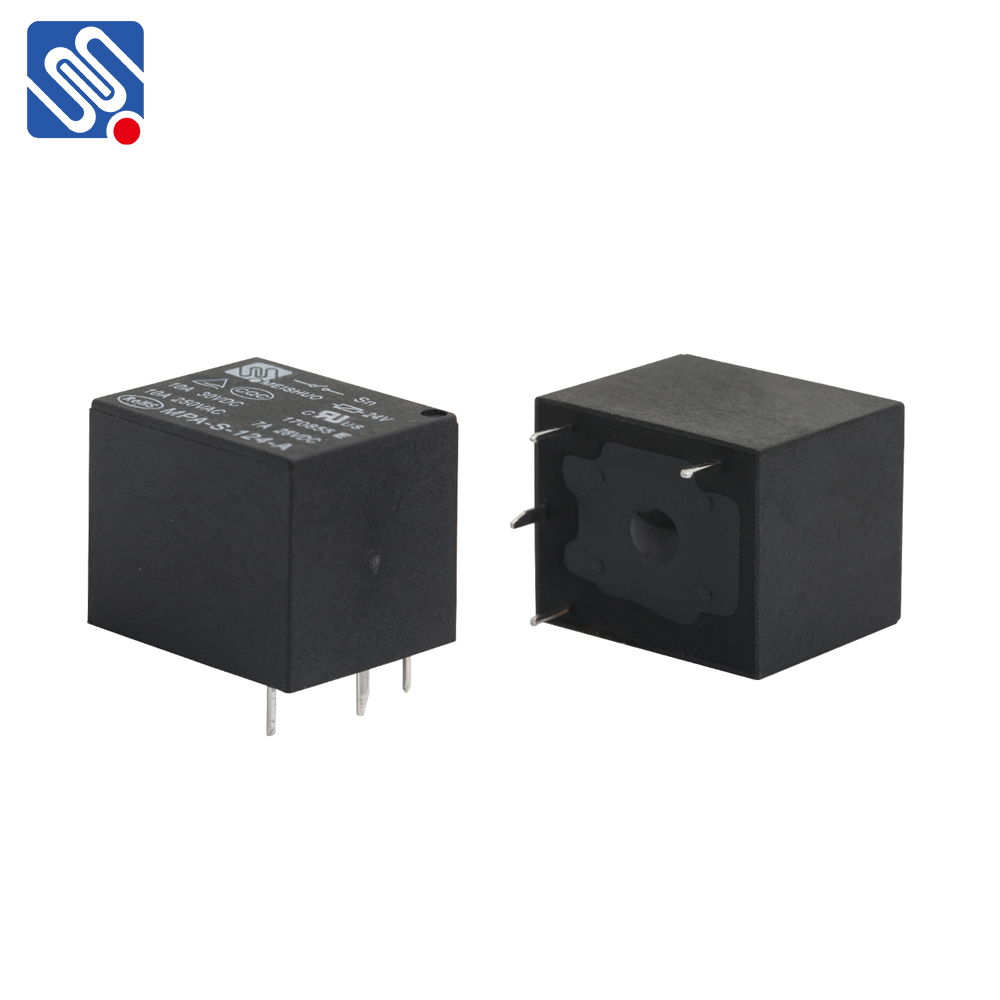relay circuit design: principles and applications
Release time:2025-08-25 11:57:04
Relay circuit design plays a crucial role in various electrical and electronic systems, particularly in automation, control, and protection applications. A relay, essentially an electrically operated switch, allows a low-power signal to control a higher-power circuit. This fundamental characteristic makes relays indispensable in many industries, from home appliances to industrial machines and safety systems. In this article, we will explore the principles behind relay circuit design, key components, design considerations, and real-world applications.

Understanding Relays
A relay consists of three main components: a coil (electromagnet), contacts (switching elements), and a spring. When an electric current passes through the coil, it generates a magnetic field that either attracts or repels a set of contacts. This action switches the contacts between different states—commonly open (NO) or closed (NC)—thereby controlling the connected load. Relays come in various types and configurations, such as single-pole single-throw (SPST), double-pole double-throw (DPDT), and more, depending on the complexity of the switching required.
Basic Relay Circuit Design

